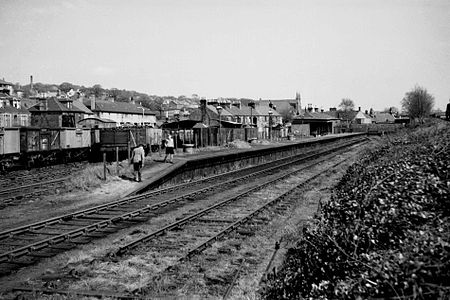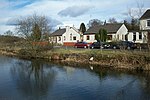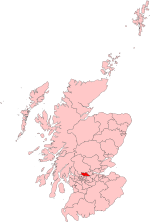Kilsyth New railway station
1888 establishments in Scotland1935 disestablishments in ScotlandDisused railway stations in North LanarkshireFormer Kilsyth and Bonnybridge Railway stationsKilsyth ... and 5 more
Pages with no open date in Infobox stationRailway stations in Great Britain closed in 1935Railway stations in Great Britain opened in 1888Scotland railway station stubsUse British English from January 2018

Kilsyth New station served the town of Kilsyth in Scotland. The station was on the Kilsyth and Bonnybridge Railway.
Excerpt from the Wikipedia article Kilsyth New railway station (License: CC BY-SA 3.0, Authors, Images).Kilsyth New railway station
Kingston Road,
Geographical coordinates (GPS) Address Nearby Places Show on map
Geographical coordinates (GPS)
| Latitude | Longitude |
|---|---|
| N 55.9789 ° | E -4.0529 ° |
Address
Kingston Road
Kingston Road
G65 0JG , High Balmalloch
Scotland, United Kingdom
Open on Google Maps







